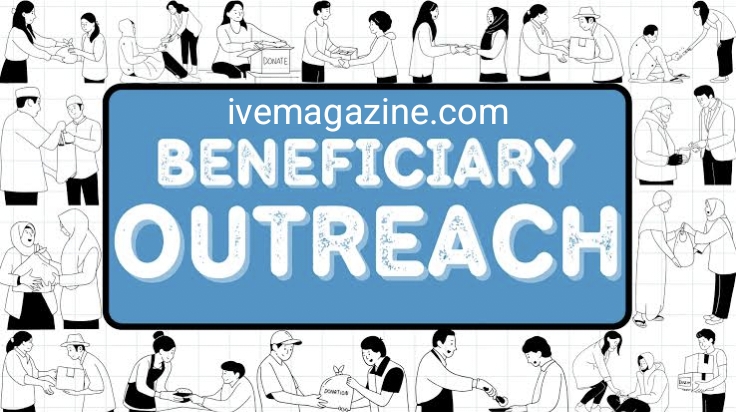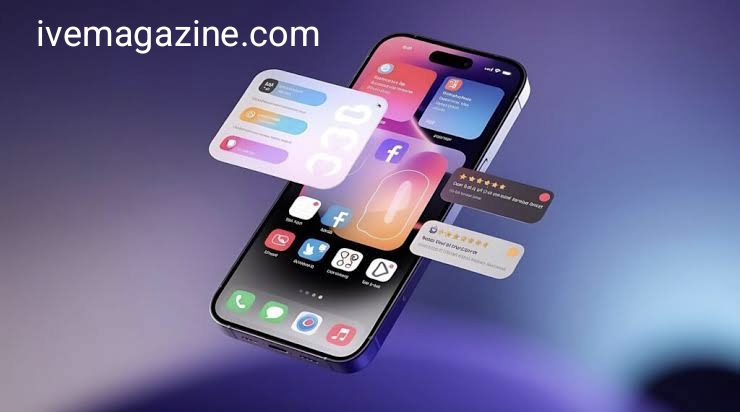Effective beneficiary outreach is essential for organizations aiming to make a lasting impact. Whether you’re a nonprofit, healthcare provider, or government agency, your ability to reach and support your beneficiaries determines your success. In this article, we’ll explore key strategies to enhance outreach efforts, ensuring better communication, education, and trust-building with your target audience.
1. Understanding Beneficiary Outreach
Before diving into strategies, it’s vital to define what beneficiary outreach means. It refers to the deliberate efforts taken by an organization to communicate, educate, and provide services to individuals who benefit from their programs. These outreach activities aim to raise awareness, increase participation, and ultimately improve the quality of life for beneficiaries.
Transitioning from passive information-sharing to proactive engagement is the foundation of successful outreach.
2. Identifying and Segmenting Your Audience
Every outreach campaign begins with knowing your audience. By segmenting your beneficiaries based on location, age, needs, or behaviors, you can tailor messages more effectively. For instance, a rural community may prefer printed materials or radio, while younger urban populations are better reached through social media.
Understanding the cultural, economic, and educational backgrounds of beneficiaries allows for more inclusive messaging.
3. Setting Clear Outreach Goals
Well-defined goals make campaigns measurable and results-driven. Is the objective to increase awareness, drive enrollment, or improve compliance? Establishing SMART (Specific, Measurable, Achievable, Relevant, Time-bound) goals ensures clarity in execution.
With goals in place, it’s easier to allocate resources, design impactful materials, and evaluate success.
4. Choosing the Right Communication Channels
Different audiences prefer different platforms. A multichannel approach—combining traditional methods like flyers and community meetings with digital tools such as email newsletters, social media, and SMS—can boost your outreach’s reach and relevance.
Importantly, always ensure accessibility. Language options, readable fonts, and mobile optimization make your messages more inclusive.
5. Partnering with Community Stakeholders
Local leaders, schools, faith-based organizations, and community health workers can help amplify your message. These trusted voices bring authenticity and can bridge gaps between you and hard-to-reach beneficiaries.
Moreover, partnerships often come with shared resources—like venues, volunteers, or local media connections—that enhance your campaign without additional costs.
6. Crafting Culturally Competent Messaging
One size doesn’t fit all when it comes to outreach materials. Consider local customs, dialects, literacy levels, and visual preferences when developing content. Use relatable imagery and clear, jargon-free language to enhance understanding.
Also, incorporating stories or testimonials from existing beneficiaries can build credibility and emotional connection.
7. Measuring and Improving Outreach Impact
Collecting data is essential for ongoing improvement. Track metrics such as attendance, feedback, engagement rates, and service uptake. Conduct surveys or hold focus groups to gather insights on what worked and what didn’t.
Once the results are analyzed, refine your strategies to better align with beneficiary needs.
FAQs About Beneficiary Outreach
1. What is the goal of beneficiary outreach?
The primary goal is to educate, engage, and support individuals who benefit from your services or programs, ensuring they receive and understand the help offered.
2. How can digital tools enhance outreach?
Digital platforms enable instant communication, broader reach, and personalization through email, social media, and apps.
3. Why is audience segmentation important in outreach?
Segmentation ensures that messages are relevant, timely, and tailored to specific needs, improving engagement.
4. How do you evaluate the success of an outreach program?
Success is measured through participation rates, feedback, goal achievement, and improved outcomes among beneficiaries.
5. What challenges commonly hinder outreach efforts?
Common barriers include language differences, low trust, lack of internet access, and cultural misunderstandings.
6. Can outreach be effective without a large budget?
Yes, strategic partnerships, volunteer involvement, and free digital tools can help stretch resources effectively.
Conclusion
Effective beneficiary outreach is not about broadcasting information—it’s about building meaningful connections. By understanding your audience, setting clear goals, leveraging the right channels, and continuously improving your efforts, you can make a real difference. When done right, outreach becomes a powerful tool for change—enhancing participation, trust, and long-term impact.



